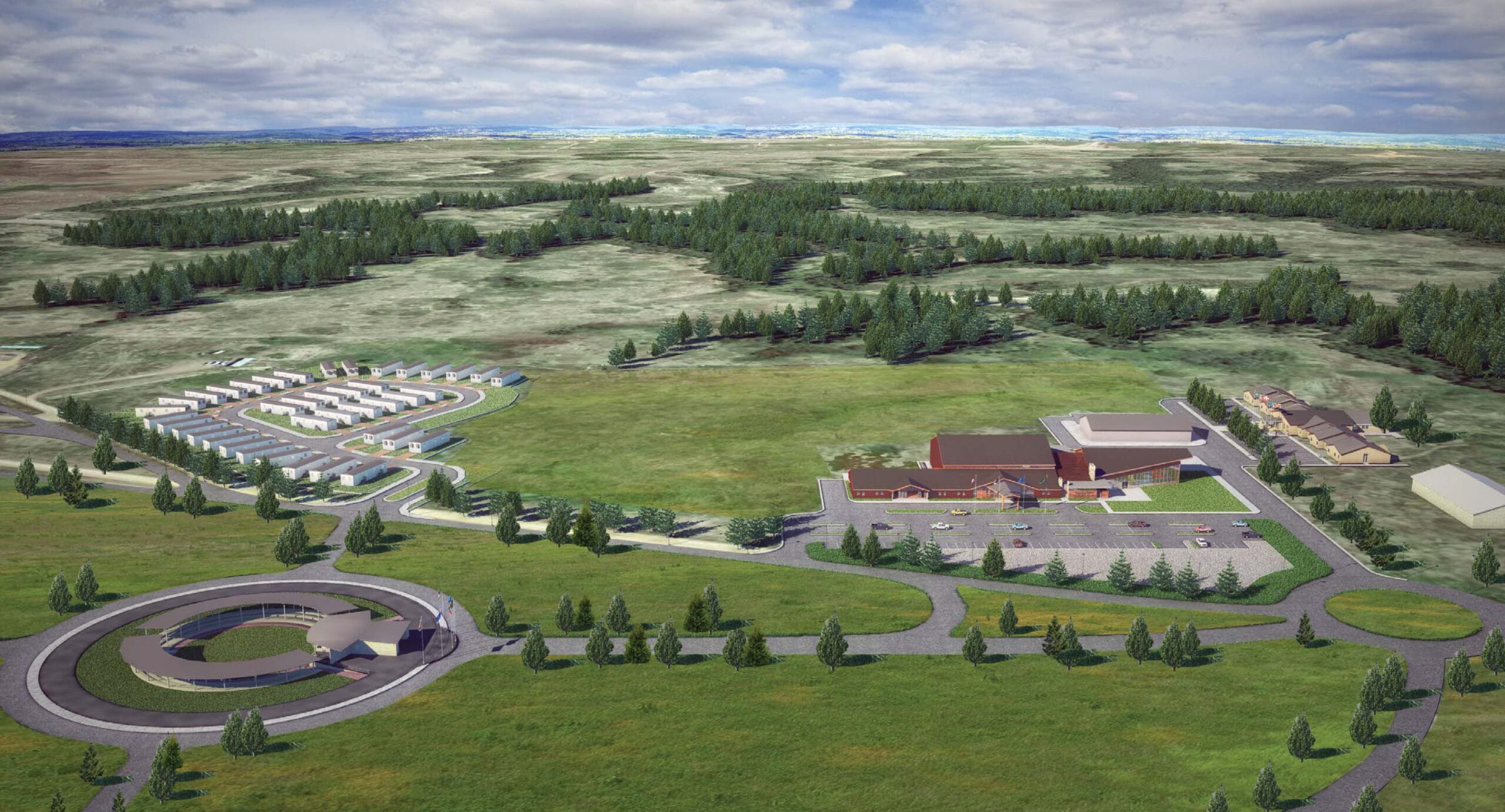Mandaree: A North Dakota Story of Resilience
Mandaree, North Dakota, nestled within the Fort Berthold Reservation, is more than just a small town; it’s a testament to the enduring spirit of the Mandan, Hidatsa, and Arikara (MHA) Nation. Born from the displacement caused by the Garrison Dam in 1954, Mandaree represents not just a new settlement, but a powerful story of resilience and the preservation of deep cultural roots.
A Cultural Crossroads
The name “Mandaree” itself speaks to the town’s unique identity, blending elements of the three tribes’ names – MANdan, HiDAtsa, and REE (another name for Arikara) – a fusion suggested by a Catholic missionary. This name symbolizes their unified future on new land. The annual Mandaree Powwow, typically held around the second weekend of July, pulsates with the rhythms of tradition. This nationally recognized event showcases the vibrant culture of the MHA Nation through intricate regalia, captivating dances, and the evocative sounds of drums and songs. The Mandaree Singers, a renowned group dedicated to preserving the rich musical heritage of the MHA Nation, further amplify this cultural richness. You can uncover the captivating story of Luciaetta Ivey and her remarkable journey, providing a personal perspective on life within the MHA Nation.
Mandaree in the 21st Century
Today, Mandaree is a dynamic community navigating the complexities of the modern world. The Mandaree Public School District #36 plays a crucial role in shaping the next generation of MHA Nation leaders. Like many rural communities, Mandaree faces economic challenges and seeks new opportunities in a changing world. The town’s location within McKenzie County places it at the center of North Dakota’s energy boom, presenting both opportunities and challenges. This proximity to energy development may influence the town’s future, potentially impacting population growth and infrastructure development. There is ongoing research into how this energy activity interacts with the cultural preservation efforts of the MHA Nation.
Mandaree and the Fort Berthold Reservation
Mandaree is an integral part of the larger Fort Berthold Reservation, the heartland of the MHA Nation. This connection underscores its importance in tribal governance and the future of the MHA Nation. Understanding Mandaree requires appreciating its interwoven relationship with the reservation, much like understanding a single thread enhances appreciation for the entire tapestry.
What County is Mandaree, ND In?
Mandaree is located in McKenzie County, North Dakota. However, simply stating its county doesn’t fully capture Mandaree’s unique story. Its existence is intertwined with the history of the Garrison Dam, a project that reshaped the landscape and led to the formation of Lake Sakakawea. This event displaced numerous communities, leading to the establishment of Mandaree in 1954 as a haven for those whose homes now lay beneath the lake.
McKenzie County has experienced a dramatic transformation due to the oil activity in the Bakken Formation. This energy boom presents both opportunities and challenges for Mandaree and the Fort Berthold Reservation, creating a complex narrative involving economic development, environmental concerns, and cultural preservation. For a deeper look into the financial world, you can delve into the details surrounding Maura Tierney net worth. This could offer a contrasting perspective on economic success in a different context.
Mandaree: A Deeper Dive
Mandaree represents the heart of the MHA Nation, blending tradition with modern life. Its population, estimated at 699 in 2024 (up from 558 in 2000), reflects a vibrant mix of long-time residents and newcomers. The demographic makeup, with nearly 96% identifying as Native American, highlights the enduring presence of the MHA Nation. Over half of the households include children, suggesting a community focused on the future. Researchers suggest that the individual perspectives within Mandaree are vital to fully understanding its unique essence.
| Feature | Details |
|---|---|
| County | McKenzie |
| Coordinates | 47.7292° N, 102.676° W |
| Area | 11.2 sq mi (29 km²) |
| 2000 Population | 558 |
| 2010 Population | 596 |
| Estimated 2024 Population | ~699 |
| Housing Units (2000) | 151 |
| Reservation | Fort Berthold Indian Reservation |
| Tribal Affiliation | Mandan, Hidatsa, and Arikara (MHA) Nation |
| Racial Makeup (2000) | 95.88% Native American, 3.05% White, others |
| Hispanic/Latino (2000) | 1.97% |
The Future of Mandaree
Mandaree faces the ongoing challenge of balancing the impacts of the energy boom with the preservation of its cultural heritage. The future of Mandaree isn’t predetermined; it is being actively shaped by the community’s resilience and ongoing efforts to promote sustainable growth. Ongoing research explores the long-term social and economic impacts of the energy industry on Mandaree and similar communities. These future studies may help shape the town’s path forward. While current data provides a snapshot, the complexities of cultural preservation and economic development will likely influence how Mandaree evolves.
- Georgia Platform: A Southern Strategy, 1850s - March 31, 2025
- How many weeks is 40 days: Quick Conversion Guide for Accurate Results - March 31, 2025
- How many feet is 300 meters? 984 Feet: Understand Length Conversions Easily - March 31, 2025
















